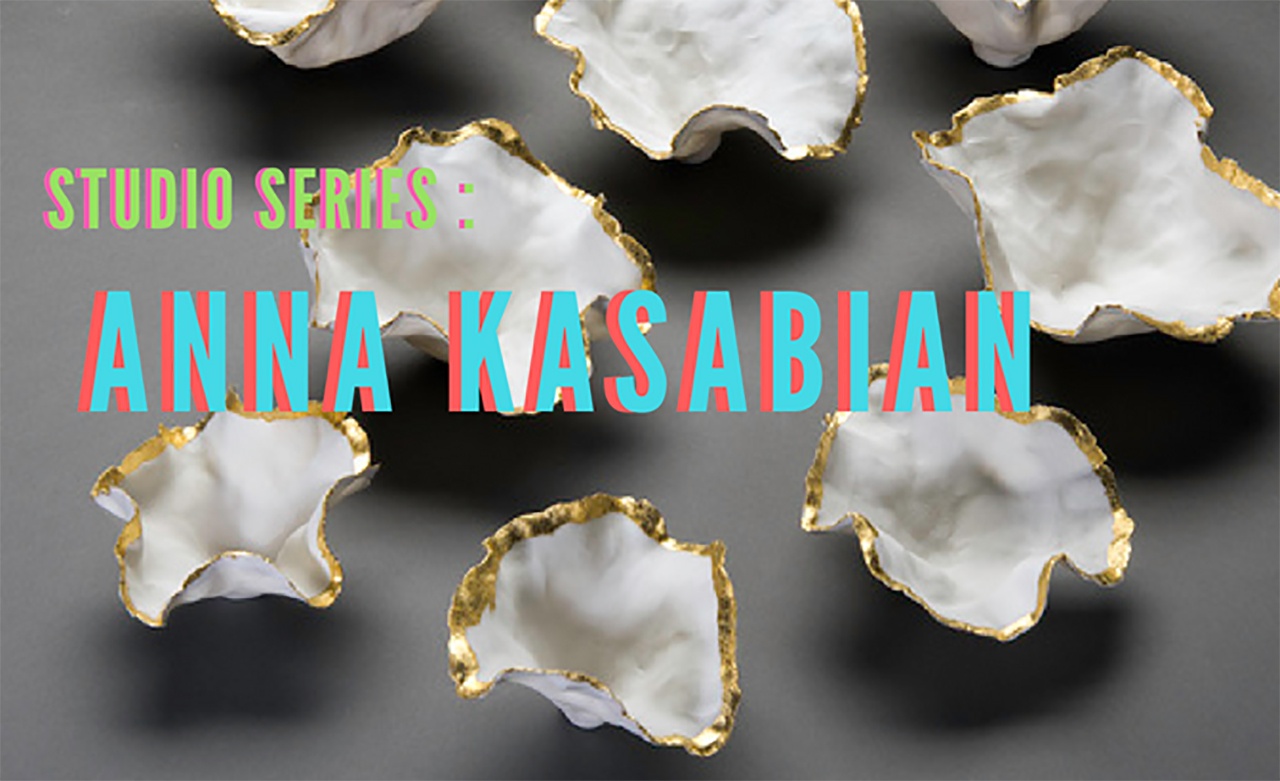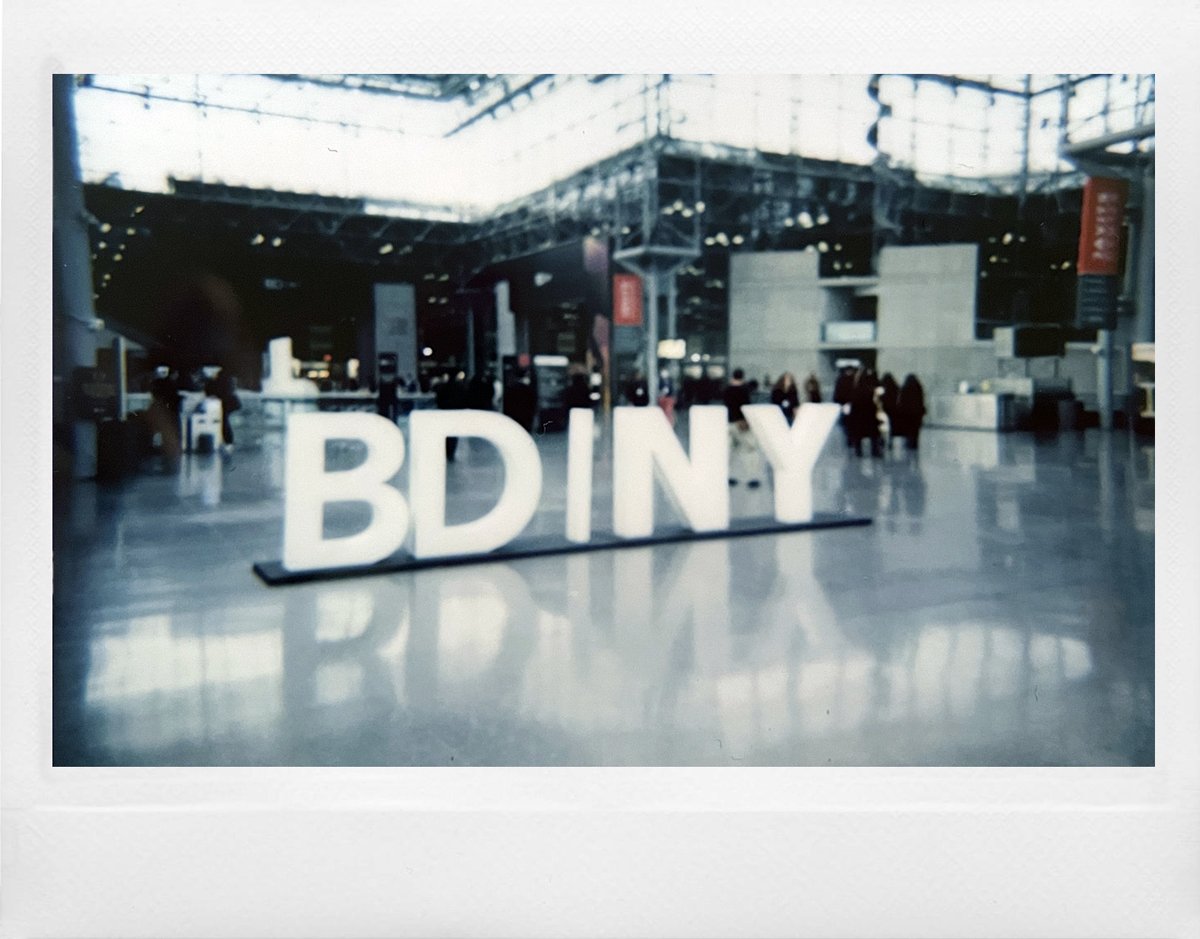Anna Kasabian is a porcelain guru whose organic sculptures look like they may have washed up on the beach sand. Each piece is intimately crafted by hand, in a seasoned approach that uses as few traditional clay tools as possible - authentically, she only owns one such a tool. Anna lives and works in Manchester-by-the-Sea (yes, it’s real), where she draws daily inspiration from the strange sea plants, flowers, rippling ocean waves, and crisp salt air.
We don’t see too many porcelain artists. Have you always worked in porcelain?
My earliest artwork was photography, but over the years, I’ve also tried my hand at watercolor and pen and ink, creating whimsical storybook illustrations. Fifteen years ago, my interest turned to ceramics. I began working with pre-formed bisque, re-creating these whimsical drawings into a new material. I soon graduated to real clay and got hooked on building works by hand (and not the wheel).
I much preferred the quiet and exploratory nature of hand-building, and I was quickly drawn to the unique properties of porcelain—the thinness that could be achieved, as well as the translucency. From the moment I worked with porcelain my life as an artist forever changed.
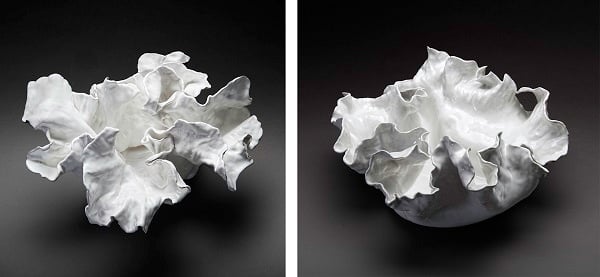
Left: #1257 Bouquet d’Or, 14.5” x 13” x 7.5”, Right: #1275 Dame de Cour, 18” x 10” x 6.5”
In that case, what did your early porcelain work look like? How has it evolved?
My early work was much smaller than it is now and had a stronger focus on function. My first hand-formed bowls were one inch in diameter, resembling flowers. In working with porcelain, my first piece that sold was perhaps 3” in diameter, and recalled the unfurling of a flower blooming. Gradually as I understood the material better, my works were able to grow in size.
The current work is larger and places more weight on aesthetics than function, which reflects my love for interior design.
I’ve never used porcelain and am unfamiliar with the process. What intricacies and challenges come with this format?
In general, it’s a fussy material that requires me to be equal parts an artist, scientist, and carpenter to figure out how to make the shapes work.
There are no guarantees, ever with what I attempt to create. I always open the kiln with trepidation, wondering if I’ve pushed the porcelain too far. But I’ve learned too, not giving up on a piece with flaws is part of the artist’s process. I have taught myself how to mend broken pieces, re-glaze and refire. I have learned I can re-fire pieces as much as five times. It’s very rewarding to learn putting my fear aside.
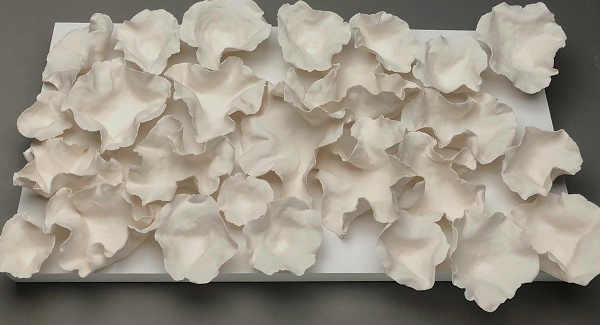
#1250 Storms End II, 18” x 11” x 4.5”, unglazed floral on white wood panel
How does your home influence your artwork?
What is interesting — and never part of my plan — is that from the start, my hands naturally formed floral shapes and sea waves. Retroactively, I credit my surroundings on Cape Ann with the inspiration, as I live in an area where the sea and beautiful gardens are ever present. This theme continues today with pieces as tiny as 1.5” in diameter to sea waves 33” long.
We’ve worked on several projects together. Is there one you’re most proud of?
I am particularly proud of the first and largest commission I completed for Indiewalls, the 7’ x 8’ work, Elan Vital, for Chicago’s London House Hotel. Having my work installed in this iconic and historic building—an Altschuler creation-- in this magnificent city, is something I will forever be proud of.
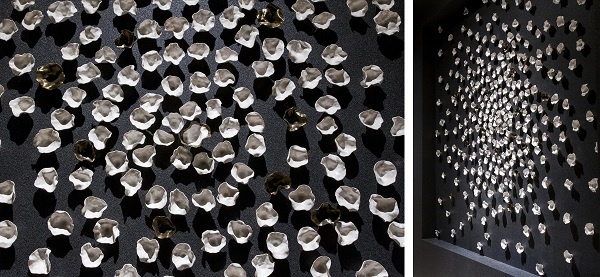
Elan Vital, featuring more than 300 individual white and gold sculptures in a radial layout
The feeling is mutual. Can you fill us in on any new, exciting work you’re making?
The newest works I’m creating are with micro-sculptures that I am affixing to pre-made, ready-to-hang wooden panels that I paint or stain. Right now one of my largest hand-built sculptures to date is drying, and I am already thinking on to the next larger, more complex one that I can create!
Thanks to Anna for connecting with us!
See more of Anna’s work on Indiewalls, and follow her on Instagram for regular updates, organic inspo, and epic sunsets.
Want more Art x Community?

